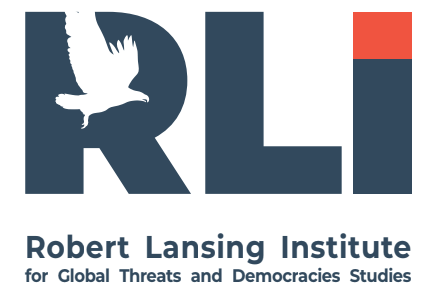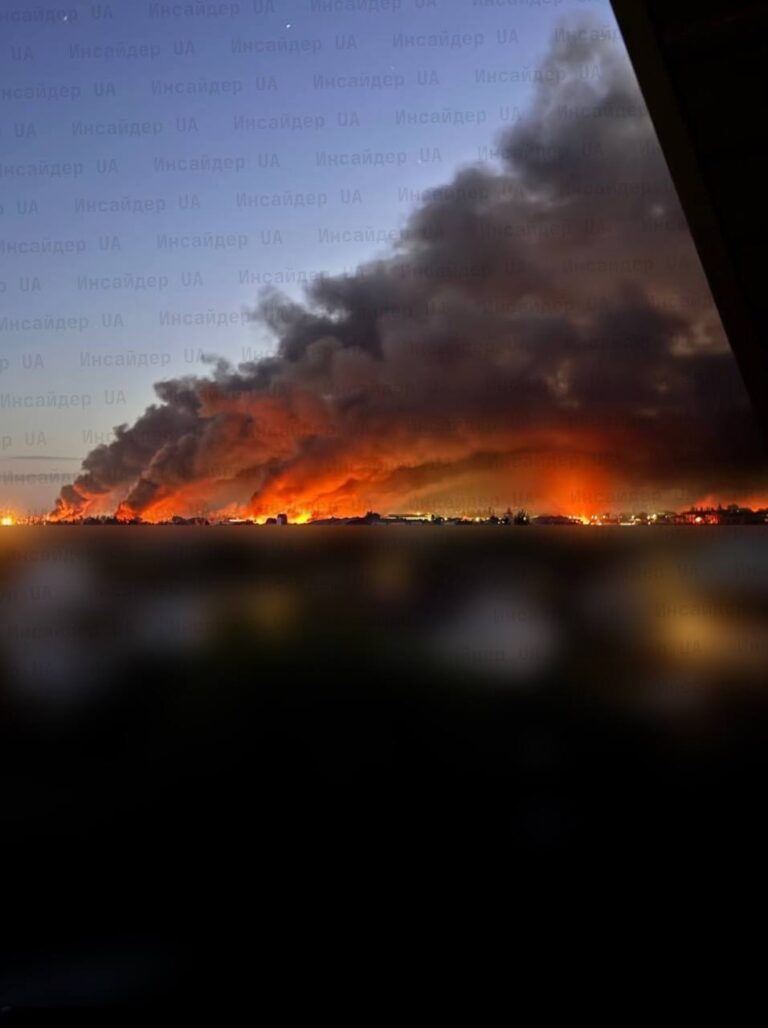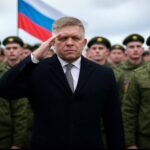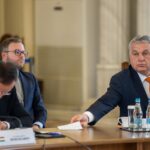The resumption of high-level communication between Donald Trump and Vladimir Putin—particularly via direct phone calls—has sparked concern among analysts and U.S. allies. These calls are frequently followed by intensified Russian military activity against Ukraine, including mass strikes with drones (especially Shahed-136/131) and ballistic missiles. This recurring sequence raises serious questions about the role and consequences of these communications.
I. Timeline Correlation: Phone Calls Followed by Mass Strikes
- In several verified instances (e.g., late May and June 2025), Trump’s direct or indirect communications with Putin were followed within 24–72 hours by:
- Massive drone and missile strikes targeting Ukrainian infrastructure and civilian areas.
- Deployment of ballistic systems like Iskander-M and Kinzhal, signaling strategic escalation.
- Enhanced use of Iranian Shahed drones, launched from Crimea and Russian territory.
Pattern: Diplomatically significant Trump-Putin contact → Russian “shock-and-awe” operation in Ukraine.
II. Why Does It Happen? Possible Motives Behind Russian Timing
1. Testing U.S. Reactions
- The Kremlin may use Trump as a testing probe to evaluate U.S. domestic political tolerance for further aggression.
- By launching attacks after a diplomatic opening, Russia checks whether Washington restrains itself from condemning or responding too forcefully.
2. Political Shielding Through Trump
- Russia sees Trump as a political ally or instrument capable of:
- Undermining transatlantic unity.
- Pressuring Ukraine to accept territorial losses.
- Blocking future military aid in Congress.
Escalating strikes immediately after a Trump-Putin call may aim to deter Western responses by showcasing Russia’s escalation dominance.
3. Psychological Warfare
- The Kremlin sends a message to Ukraine and the West: Trump is our indirect asset, and diplomacy with him equals violence.
- It weakens trust in any diplomatic overtures linked to Trump, creating confusion and disarray in allied planning.
III. The Meaning and Message Behind the Strikes
1. Strategic Signaling
- Russia seeks to demonstrate that diplomatic engagement does not equal de-escalation—on the contrary, it can cloak preparations for war crimes.
- These attacks underline the weaponization of negotiation—a classic Russian tactic: speak while shooting.
2. Eroding Zelensky’s Position
- The intensified strikes aim to:
- Undermine Ukrainian morale.
- Force the government into a weakened negotiating stance.
- Trigger domestic discontent amid expectations of U.S. shifts under Trump.
3. Discrediting Western Mediation
- By associating U.S. domestic actors (like Trump) with diplomatic moves that lead to bloodshed, Russia discredits the idea of American mediation entirely.
IV. Are These Calls Effective? And For Whom?
For Russia: Yes
- They buy time, confusion, and indirect cover.
- Putin uses Trump as a tool to:
- Sow divisions within NATO.
- Reduce U.S. support for Ukraine by shifting the narrative to “peace through talks.”
- Escalate with minimal international cost due to “peace-talk smokescreens.”
For Trump: Politically Risky, Potentially Useful
- Among isolationist Republican voters, these calls enhance his image as a peacemaker.
- However, the correlation with violence could alienate moderate voters and damage credibility with U.S. allies.
For Ukraine and the West: Dangerous
- Ukraine faces:
- Escalated attacks without prior warning.
- Uncertainty about U.S. intentions under Trump.
- NATO loses leverage and cohesion, especially when Trump implies secret deals or ceasefire proposals.
V. Strategic Implications
- Moscow Uses Trump as Strategic Theater
- Every Trump-Putin contact becomes a launchpad for military escalation under diplomatic camouflage.
- Undermining of International Norms
- Russian behavior signals that dialogue can be militarized, violating the logic of diplomacy as a peace mechanism.
- Need for U.S. Institutional Clarity
- Trump’s freelance diplomacy risks subverting official U.S. policy, confusing allies and emboldening adversaries.
Trump’s phone calls with Putin are not isolated political gestures—they are embedded in a larger Russian strategy of deceptive diplomacy followed by brutal escalation. The correlation between these calls and mass strikes on Ukraine reveals how Russia exploits Trump’s outreach to gain tactical and psychological advantages. These interactions not only fail to reduce violence, but may be actively enabling it, weakening the position of Ukraine and the West. A coordinated transatlantic response is needed to expose and counter this destructive pattern.
Here’s a detailed timeline correlating key Trump–Putin phone calls with major Russian drone and missile strikes on Ukraine:
February 12, 2025
- Call Duration: ~90 minutes — first direct exchange since 2022 invasion .
- Outcome: Trump announces launch of negotiations aimed at an immediate.
- Subsequent Strikes:
- A ballistic missile attack on Kyiv that same day killed at least one civilian and damaged multiple districts.
Mid-March 2025
- Call: Trump contacts Putin to discuss a ceasefire, followed closely by a call with Zelensky.
- Subsequent Strikes: Though exact timing is unclear, March saw a notable uptick in missile and drone attacks, coinciding with renewed U.S.–Russia dialogue.
June 14, 2025
- Call: ~50-minute conversation focused on Ukraine and the Middle East.
- Subsequent Strikes:
- No immediate large-scale aerial attack followed, but the strategic pause in Western weapons (patriots, Stingers) prompted Russian military buildup throughout June.
July 3–4, 2025
- Call: Nearly hour-long phone call in the afternoon of July 3 . Trump later expressed displeasure: “no progress … very disappointed”.
- Subsequent Strikes:
- Late night into July 4, Russia launched 550 Shahed drones and 11 ballistic missiles—one of the largest aerial attacks of the war—striking Kyiv and several regions .
- At least 23 civilians were injured, infrastructure was hit, and Kyiv’s buildings, warehouses, and transport were damaged.
What the Timeline Suggests
- There’s a consistent pattern: high-level Trump–Putin engagement, particularly when diplomatic progress stalls, is followed within hours to a couple of days by intensified Russian drone/missile strikes.
- Russia appears to time large-scale attacks as a direct signal, linking diplomacy to escalation—both psychologically (humiliating Western influence) and tactically (testing air defenses amid U.S. aid pauses).
Summary Table
| Date | Call Summary | Russian Strikes |
| 12 Feb 2025 | First direct call; planned ceasefire negotiations | Ballistic missile strike on Kyiv (casualties, damage) |
| Mid-Mar 2025 | Trump–Putin ceasefire call + Trump–Zelensky follow-up | Heightened missile/drone activity coinciding with talks |
| 14 Jun 2025 | ~50-minute call on Ukraine & Middle East | No spike, but continued military buildup and pressure |
| 3–4 Jul 2025 | Hour-long call; no diplomatic breakthrough | Massive 550-drone + 11-ballistic missile attack on Kyiv |
Interpretation
This timeline reinforces the view that Russia intentionally aligns military strikes with diplomatic windows. The aim isn’t to de-escalate—it’s to exploit diplomacy as cover and project strength. Large-scale attacks timed shortly after calls demonstrate:
- Strategic signaling: “Talk, then terror.”
- Testing Western resolve, especially when arms shipments are paused.
- Psychological pressure on both Ukraine and the West.
Based on the timeline analysis showing that Trump–Putin phone calls are followed by mass Russian strikes on Ukraine, the following strategic, diplomatic, and intelligence-based recommendations can be proposed for U.S. policymakers, NATO leadership, Ukraine, and the international community:
Strategic Recommendations
1. Treat Trump–Putin Engagements as Potential Precursors to Escalation
- Recommendation: Allied intelligence and defense coordination centers (esp. in Kyiv, Warsaw, and Ramstein) should immediately trigger heightened air defense alerts and civilian protection measures after any reported Trump–Putin contact, treating it as an early-warning signal.
2. Publicly Link Escalation to Russia’s Use of “Diplomatic Smokescreens”
- Recommendation: NATO and EU spokespersons should preemptively expose the pattern—by issuing joint communiqués after such calls warning of likely escalation. This would reduce Russia’s ability to surprise and manipulate public narratives.
3. Accelerate Delivery of Air Defense Systems Post-Call
- Recommendation: U.S. and European defense ministries should automatically fast-track deployment of:
- Additional Patriot, NASAMS, or IRIS-T batteries to Ukraine.
- Counter-drone and radar jamming units to protect critical infrastructure and civilian sites.
Intelligence and Counter-Disinformation Measures
4. Monitor Russian Military Logistics After Calls
- Recommendation: Satellite and signal intelligence should focus on Russian missile transport units, Shahed drone convoys, and fuel/ammo stockpile movement within the 24–72 hour window following Trump–Putin talks.
5. Counter Kremlin Disinformation About “Peace Talks”
- Recommendation: Western media outlets and think tanks should expose how Putin uses “talks with Trump” to:
- Disguise upcoming attacks.
- Discredit real diplomatic channels.
- Manipulate U.S. public opinion to push narratives like “Ukraine provoked Russia” or “Trump is peace-bringer.”
Diplomatic & Policy Recommendations
6. Clarify That Trump Does Not Represent U.S. Policy
- Recommendation: The State Department and National Security Council must reaffirm through public channels and direct briefings to allies that:
- Trump’s private diplomacy is not binding.
- The U.S. remains committed to Ukraine’s territorial integrity and defense.
7. Demand International Oversight of Ceasefire Initiatives
- Recommendation: Any negotiation efforts related to Ukraine (including those initiated by Trump) must involve OSCE, UN, or neutral third parties and avoid unilateral deals that give Russia space to attack under the guise of talks.
8. Engage U.S. Congress to Establish Guardrails
- Recommendation: Lawmakers should consider mechanisms to limit private diplomacy by non-official actors, especially when such talks correlate with acts of war. Potential tools:
- Reaffirming the Logan Act prohibiting unauthorized negotiations.
- Holding hearings on domestic political influence in wartime foreign policy.
Ukraine-Specific Measures
9. Preemptive Civil Defense Mobilization
- Recommendation: Ukraine should activate city-level blackout and air raid protocols immediately following public Trump–Putin calls.
10. Strategic Communication with Allies
- Recommendation: Ukraine’s MFA and presidential administration should brief Western embassies with a dossier showing the correlation between calls and strikes, asking for:
- Defensive hardware.
- Coordinated messaging.
- Stronger sanctions threats after every such pattern re-emerges.
ConclusionThese recommendations aim to deny Russia the strategic advantage of using Trump’s “peace diplomacy” as cover for missile terror. By recognizing the pattern, mobilizing preemptive defenses, reinforcing institutional diplomacy, and clarifying Trump’s non-official role, the West can neutralize this manipulative strategy and reduce Ukrainian civilian suffering.
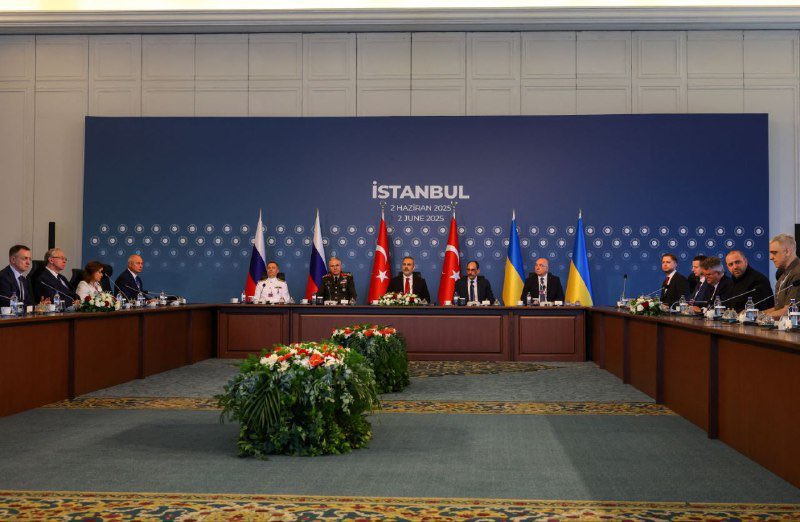
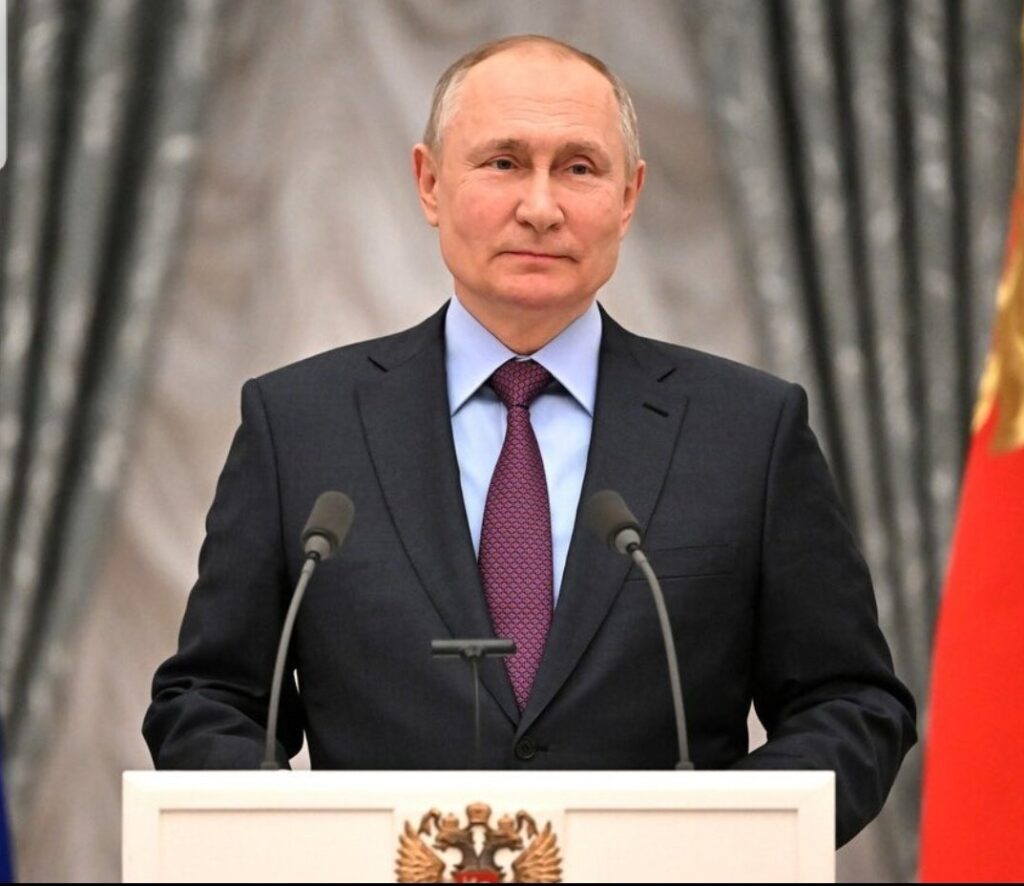
More on this story: Why Russia Is Not Contractually Capable
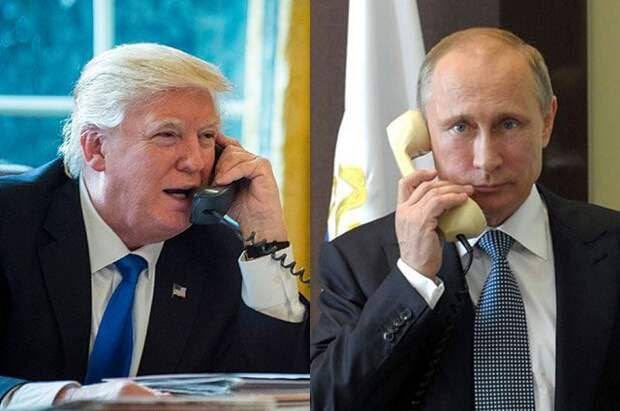
More on this story: Russia’s Defiance: The Aftermath of Trump-Putin Phone Talks
